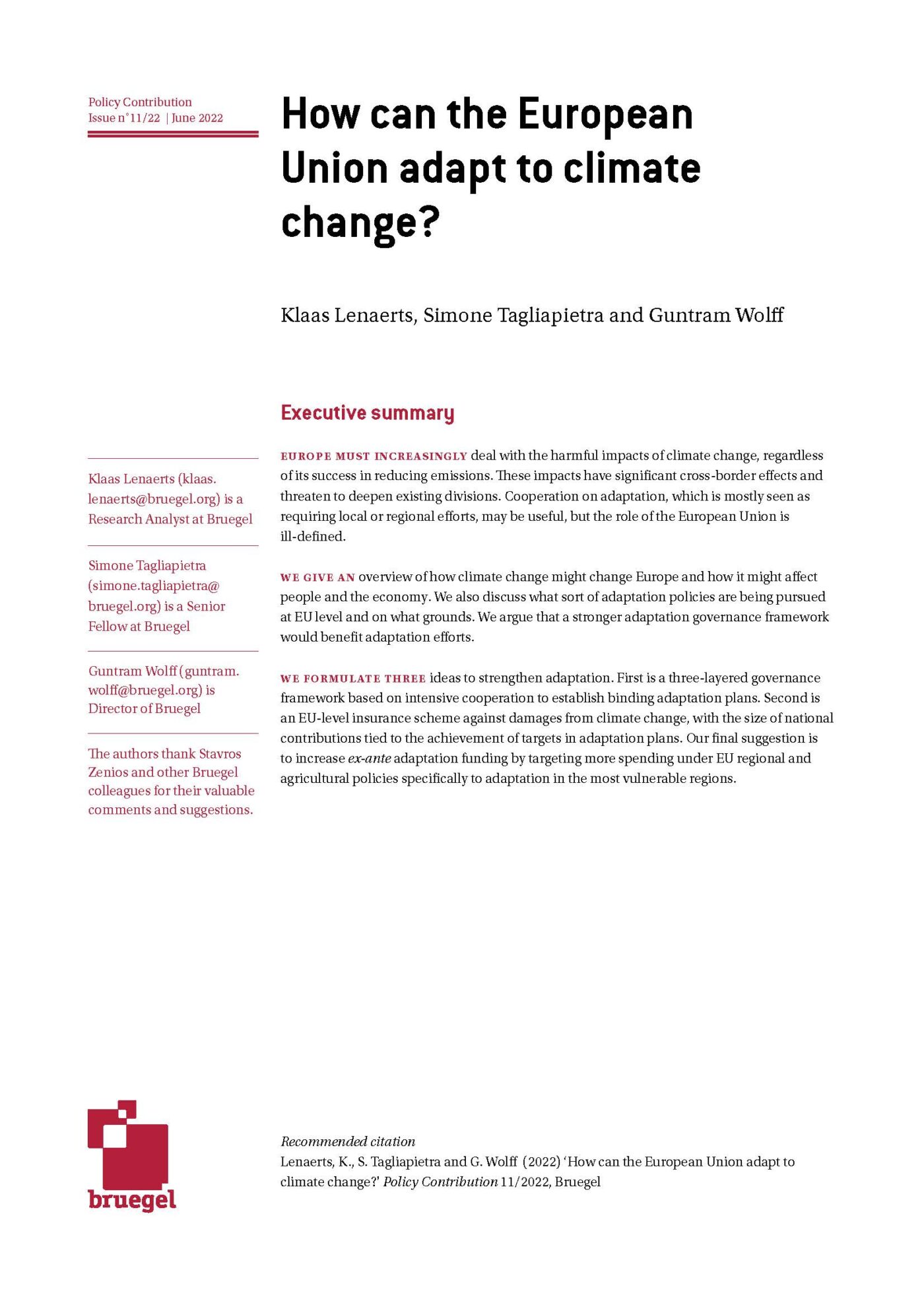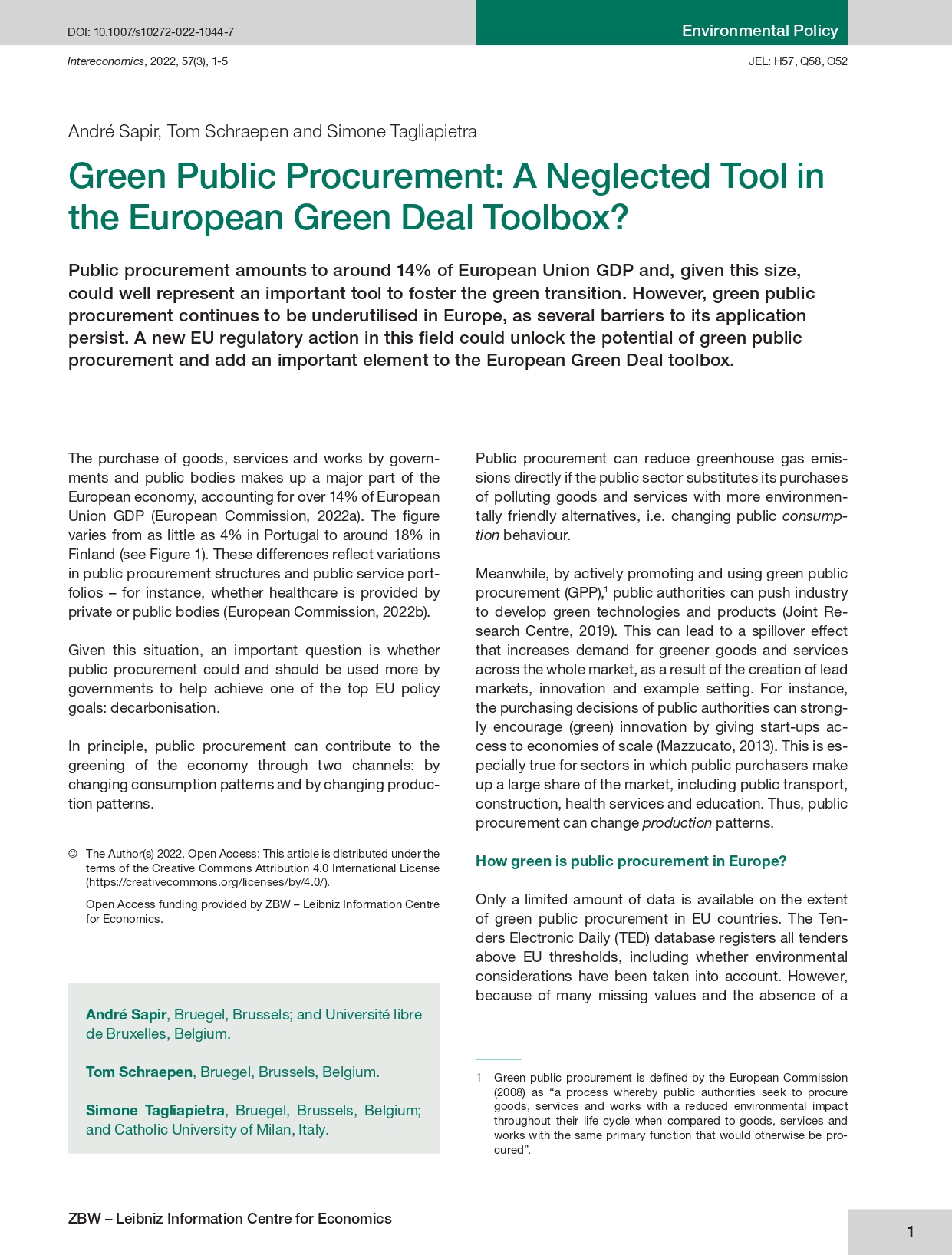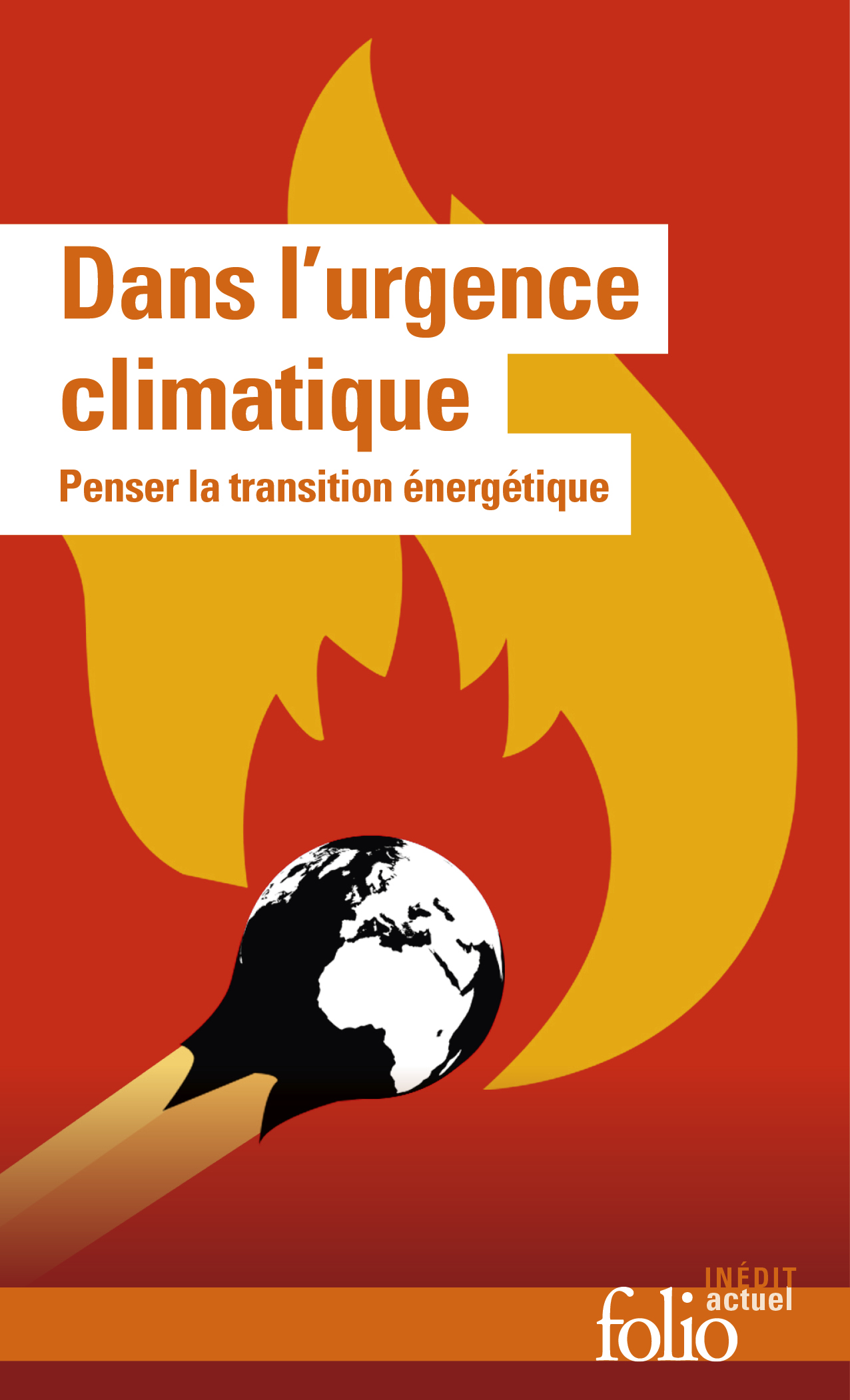Blog Post
Banks in a net-zero Europe
A net-zero emissions target is a powerful incentive for the low-carbon transition, but for bank supervisors, climate-related risks, not climate outcomes, should remain the focus.
Europe’s climate law, agreed in April, will have knock-on effects through a wide range of sector-specific legislation, with the intention of delivering on European Union states’ collective commitment to emission reduction targets and a net-zero economy in 2050. Globally, 32 countries have such targets in law or announced policy, and there has been a rapid proliferation of net-zero commitments among municipalities and large private companies. The 26 May court ruling in the Netherlands against a major European oil company suggests that failure to adhere to an ambitious decarbonisation path could be a legal as well as a reputational risk.
The financial sector is increasingly committing to emissions reductions, in addition to scrutinising risks from climate change. Investors and large-asset owners are held accountable for emissions in their portfolios given an increasingly wider interpretation of fiduciary duty and clearer sustainability preferences expressed by investors. Crucially, the practical problem of comprehensively measuring ‘financed emissions’ can now be overcome, notwithstanding generally still poor disclosure in parts of the non-financial corporate sector.
Net-zero banks
In April, the Glasgow Financial Alliance for Net Zero, convened by the United Nations, expanded financial sector net-zero initiatives in the investment industry with a new scheme for banks. Forty-six banks made the commitment, including eleven that are headquartered in the euro area and supervised by the European Central Bank. Banks committed to transition their loan and investment portfolios to net zero by 2050, based on comprehensive reporting of their clients’ emissions, standards for the underlying climate scenarios and limited use of carbon off-sets.
Pressure from the ECB as the principal supervisor has already led banks in the euro area to start to measure and manage climate-related risks. Potential losses from the physical and transition effects of climate change have already become factors in bank risk management. If banks now commit to a climate outcome – reflecting the goals of the Paris Agreement within their portfolios – this would represent a significant additional objective. Addressing climate-related financial stability risks is not the same as achieving net zero.
Financial institutions could signal alignment with climate goals in a number of ways: through a rate of decarbonisation in their portfolios (as in the new EU climate benchmarks); through the share of clients with their own net-zero targets (which should be verified, though with flexibility for borrowers that are temporarily off-trajectory); or even through a metric that reflects the global temperature rise implicit in an institution’s portfolio (which would reflect future carbon emission pathways, though the methodology is more complex). Under the Glasgow Alliance for Net Zero commitments, banks will need to report annually on progress against an announced pathway for emission reductions in their entire portfolio, counting all emissions from borrowers or investee companies and their downstream value chains (the so-called scope 3).
Banks will curtail new financing to fossil-fuel sectors, and run-off existing exposures. Given the choice between two industrial clients that both adopt 2050 net-zero targets, the bank’s lending policy will be biased towards early adoption of low-carbon technology. Banks that deliver on ambitious emission reductions could benefit in wholesale funding and retail deposit markets.
Too late and too sudden?
Financial regulators have for some time been concerned about a reduction in financial-sector exposures to fossil-fuel industries that is ‘too late and too sudden’. Once operational lifetimes of projects in coal-fired power, steel, cement and chemicals are reassessed, asset values on bank balance sheets could plummet rapidly. That could prove destabilising for the entire financial system. Therefore, a gradual and transparent reduction of banks’ carbon exposures along pre-announced paths should be welcomed.
Even though individual banks can accelerate the reduction of their climate exposures, the financial system as a whole can only do so in line with the underlying low-carbon transition in the real sector. Achieving the banks’ net-zero targets will depend on more than just lending policies. The decarbonisation paths of bank clients in the exposed sectors, consumer preferences that will determine demand for green and brown energy, and incentives – especially the carbon price – all play a role.
Widespread adoption of net-zero targets in banking could in fact be counterproductive. An accelerated reduction in carbon-intensive bank assets, perhaps because of regulatory pressure, would risk divestment to unregulated investors. The transition in the real sector would be delayed, storing up problems in the form of a more disruptive adjustment later.
Banks regularly divest non-performing loans and other so-called non-core assets in secondary markets. In Europe this market amounted to over €200 billion in gross value in 2018, though it has since shrunk. As the investor base has become more diverse and the market functions more efficiently, gaps in the pricing expectations of originating banks and investor bids have narrowed. Investors are generally private equity and credit funds, where transparency about climate risk and engagement on environmental, social and governance (ESG) factors is less well-developed than for large institutional investors. In order to manage debt and equity exposures in carbon-intensive sectors well, asset management companies or ‘bad banks’ could be set up. Such entities may need to remain on the balance sheet of large investors and banks for some time, but would still deploy valuable skills in winding down carbon-intensive assets.
But problems extend beyond the sectors that are visibly exposed to climate change and the stranded-asset problem. ECB analysis suggests that once all scope 1, 2 and 3 emissions of euro area banks are included, sectors such as mining and quarrying account for a relatively small share of emissions compared to traditional sectors, such as manufacturing and some service industries. Here, banks of course have an ongoing role in financing and facilitating their clients’ low-carbon transitions. This could be done through dedicated products in long-term loan and bond markets that support transitional technologies. In many parts of Europe, relationship banks are the primary lenders to SMEs and can steer their clients’ decarbonisation paths.
Banks can also become more ambitious in supporting innovation in investment that facilitates the low-carbon transition. May 2021 estimates from the European Banking Authority suggest that the share of bank assets that is fully aligned with the EU taxonomy of sustainable activities (the so-called green asset ratio) was less than 8% in 2020. Raising this share should be the focus just as much as reducing brown assets.
Climate risks and climate outcomes in ECB banking supervision
While the ECB is in principle tasked with supporting EU policies as a secondary objective, its mandate in banking supervision is narrowly defined around financial stability outcomes only. Net zero would be too broad a concept to warrant reflection in this supervisory mandate.
To date, the ECB’s focus in its role as supervisor of the euro area’s largest banks has been on banks’ risk exposures rather than the climate outcomes implicit in their assets. A first review, in November 2020, of banks’ management of climate risks revealed many gaps. These will be taken up in bank-by-bank discussions during the regular supervisory cycle. From 2022, such risks may translate into additional capital requirements. The ECB has run a stress test of climate exposures based on aggregate figures this year, and this will be re-done based on banks’ ‘bottom-up’ submissions in 2022. Climate risks are not evenly spread, and will vary by type of bank, sector exposures and jurisdiction. A priority for the supervisor is that banks should begin to incorporate climate scenarios in their risk management, and should regularly update these scenarios.
The ECB’s work on climate risks will ultimately make transition risks in bank assets more transparent to investors and depositors. This will encourage the real-sector transition by restraining access to long-term finance for certain sectors, or at least making it more costly. Supervisory policy would be the wrong tool to drive climate outcomes as embodied in decarbonisation targets. That said, the ECB should push national and EU policymakers to ensure that its financial stability mandate is supported by clear and time-bound emission targets in key sectors, better disclosure in the real sector and a comprehensive EU-wide carbon price.
Recommended citation:
Lehmann, A. (2021) ‘Banks in a net-zero Europe’, Bruegel Blog, 1 June
Republishing and referencing
Bruegel considers itself a public good and takes no institutional standpoint. Anyone is free to republish and/or quote this post without prior consent. Please provide a full reference, clearly stating Bruegel and the relevant author as the source, and include a prominent hyperlink to the original post.









